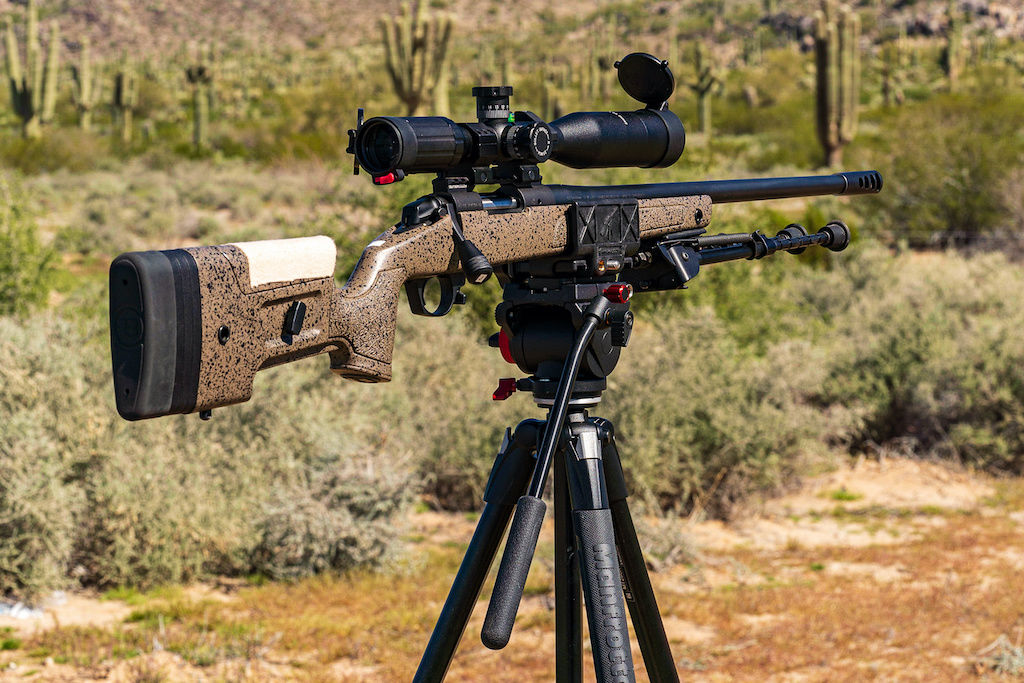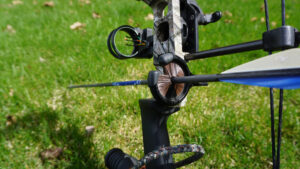Frog fishing is a popular technique among anglers looking to catch bass in shallow water. This method involves using a lifelike frog lure to entice fish to strike. However, to effectively fish with frogs, understanding gear ratios is crucial. The gear ratio of your fishing reel determines the speed at which you can retrieve your lure and the power you can exert on the fish. In this article, we will delve into the world of gear ratios in frog fishing, explore their importance, and discover how to choose the optimal gear ratio for this exciting fishing technique.
Understanding Gear Ratios in Fishing
The basics of gear ratios are essential knowledge for any angler. The gear ratio is the number of times the spool of the reel revolves with each full rotation of the reel’s handle. For example, a gear ratio of 6.2:1 means that the spool rotates 6.2 times for every one complete turn of the handle. Understanding gear ratios is crucial for optimizing your fishing experience and improving your chances of success.
The Basics of Gear Ratios
Let’s start by exploring the basics of gear ratios in fishing. There are two types of gear ratios commonly found in fishing reels: low gear ratios and high gear ratios. A low gear ratio, such as 5.2:1, provides more power and slower retrieve speeds. This type of gear ratio is ideal for situations where you need to exert more force, such as when battling with larger fish or fishing in heavy cover. On the other hand, a high gear ratio, like 7.1:1, offers faster retrieve speeds but sacrifices some power. This gear ratio is perfect for situations where you need to quickly cover a lot of water or when you’re targeting aggressive fish species.
Choosing the right gear ratio for your fishing needs is crucial. It depends on various factors, including the type of fishing you’ll be doing, the size of the fish you’re targeting, and the specific fishing conditions. Understanding the advantages and disadvantages of different gear ratios will help you make an informed decision when selecting your fishing reel.
Importance of Gear Ratio in Fishing
Now, let’s discuss the importance of gear ratios in frog fishing. Frog fishing is a technique that involves using a topwater frog lure to imitate a frog’s movement on the water’s surface. This technique is highly effective for targeting bass in areas with heavy vegetation or lily pads. When it comes to frog fishing, you need to consider the lure’s action, retrieve speed, and the ability to swiftly reel in large fish.
The right gear ratio can make a significant difference in your success on the water. A gear ratio that balances power and speed allows you to effectively work the frog lure and quickly reel in bass as they strike. With a low gear ratio, you can generate more torque and power to pull fish out of heavy cover, ensuring that they don’t get tangled in vegetation. On the other hand, a high gear ratio enables you to retrieve the lure rapidly, creating a realistic frog-like action that entices bass to strike.
It’s important to note that gear ratio is not the only factor to consider when selecting a fishing reel for frog fishing. Other factors, such as the reel’s drag system, line capacity, and overall quality, also play a significant role in determining your fishing success. However, understanding gear ratios and their impact on your fishing technique will give you a competitive edge and enhance your overall fishing experience.
The Art of Frog Fishing
Before we dive into gear ratios specific to frog fishing, let’s take a moment to understand what frog fishing is and the techniques involved.
What is Frog Fishing?
Frog fishing is a technique where the angler uses a lifelike frog lure to imitate a frog’s natural movements on the water’s surface. This type of fishing is most effective in areas with dense vegetation, such as lily pads and grass mats, where bass seek shelter and ambush their prey. By accurately replicating the frog’s movements, anglers can trigger aggressive strikes from big bass.
Frog fishing requires a combination of skill and finesse. It is not just about casting and retrieving; it involves understanding the behavior of both the frog lure and the bass. The angler must be able to mimic the movements of a real frog, making the lure appear as natural as possible. This requires careful observation and practice.
When it comes to frog fishing, patience is key. It may take several casts and retrieves before a bass strikes. The angler must be willing to wait and remain focused, ready to react at any moment. It is a thrilling experience when a bass finally takes the bait, and the angler must be prepared to handle the fight that ensues.
Techniques in Frog Fishing
Various techniques can be employed while frog fishing. Some anglers prefer a steady retrieve, while others opt for a stop-and-go or a walking-the-dog retrieve. Each technique has its advantages and can be effective in different situations.
A steady retrieve involves reeling in the frog lure at a consistent speed, mimicking the movement of a frog swimming across the water’s surface. This technique can be effective when bass are actively feeding and looking for an easy meal.
On the other hand, a stop-and-go retrieve involves reeling in the frog lure, then pausing for a moment before continuing the retrieve. This imitates a frog hopping and resting, which can trigger a reaction strike from bass that are in a more cautious or hesitant mood.
Walking-the-dog retrieve is a technique where the angler uses short, sharp twitches of the rod tip to make the frog lure dart from side to side, creating a zigzag motion. This technique can be particularly effective in open water or when bass are actively chasing prey near the surface.
Experimenting with different techniques can help you determine what works best in specific fishing conditions. Factors such as water temperature, weather conditions, and the behavior of the bass can all influence which technique will yield the best results.
In addition to the various techniques, precise lure placement and accurate casting are crucial for success in frog fishing. The angler must be able to cast the lure into tight spaces, such as gaps between lily pads or under overhanging branches, where bass are likely to be hiding. This requires skill and practice to ensure accurate and targeted casts.
Furthermore, the angler must be able to control the retrieve speed and adjust it according to the conditions. Sometimes a slower retrieve may be more effective, while other times a faster retrieve may trigger a reaction strike. Being able to adapt and make quick decisions is essential in frog fishing.
Factors Influencing Gear Ratio Selection for Frog Fishing
Now that you have a strong foundation in gear ratios and an understanding of frog fishing, let’s explore the factors that should influence your gear ratio selection for this technique.
Type of Water Body
The type of water body you are fishing in plays a vital role in selecting the appropriate gear ratio. If you are fishing in open water with fewer obstacles, a high gear ratio reel may be more suitable as you need to cover more ground and retrieve your lure quickly. Conversely, when fishing in heavy cover or thick vegetation, a low gear ratio reel offers more power to navigate through the obstacles and effectively work the frog lure.
Frog Species and Behavior
Understanding the behavior and movement patterns of the frogs in your fishing area can also influence your gear ratio selection. Different frog species have unique characteristics and movement patterns. Some frogs move quickly, while others glide slowly across the surface. Choosing a gear ratio that mimics the speed and action of the local frog species can increase your chances of enticing strikes from bass.
Weather Conditions
Weather conditions can impact both the frog’s behavior and the fish’s feeding patterns. On bright and sunny days, when the water is clear and calm, bass tend to be more cautious and may scrutinize the frog lure more closely. In such conditions, a slow retrieve with a low gear ratio reel can be more effective. In contrast, on cloudy and windy days, when the water is choppy, a fast retrieve with a high gear ratio reel can help make your lure stand out and provoke reactionary strikes.
Optimal Gear Ratios for Frog Fishing
Now it’s time to discuss the optimal gear ratios for frog fishing, considering the factors we’ve discussed so far.
Low Gear Ratios and Their Benefits
A low gear ratio reel, typically around 5.2:1, provides the angler with more torque and power. This is advantageous when fishing in heavy cover, as it allows you to apply more pressure on the fish and steer it away from obstacles. The slower retrieve speed also allows you to thoroughly work the frog lure and create enticing movements that mimic a real frog’s behavior.
High Gear Ratios and Their Advantages
A high gear ratio reel, around 7.1:1, offers a faster retrieve speed, making it ideal for covering more water in less time. This can be beneficial when you need to search for active bass in open water or want to trigger reaction strikes. Additionally, a high gear ratio reel allows you to quickly reel in fish, reducing the chances of them diving into cover and escaping.
Fine-Tuning Your Gear Ratio for Frog Fishing
While low and high gear ratios are the most common choices for frog fishing, it is essential to fine-tune your gear ratio selection based on specific situations and preferences.
Adjusting Gear Ratio for Different Frogs
Not all frogs move at the same speed or have the same action. Some frogs have a fast, erratic action, while others glide smoothly across the water’s surface. Matching your gear ratio to the specific behavior and movement pattern of the frog you are imitating can make your presentation more convincing and increase your chances of attracting bass.
Balancing Speed and Power in Frog Fishing
Selecting the optimal gear ratio ultimately comes down to finding the right balance between speed and power. If you find yourself frequently fishing in a variety of conditions, you may consider having multiple reels with different gear ratios. This way, you can quickly switch between gears to adapt to the fishing situation and maximize your chances of success.
In conclusion, discovering the best gear ratio for frog fishing involves understanding the basics of gear ratios, recognizing the importance of gear ratios in this fishing technique, and considering various factors such as the type of water body, frog species and behavior, and weather conditions. Low gear ratios offer more power and are suitable for heavy cover, while high gear ratios provide faster retrieve speeds and are ideal for open water. However, fine-tuning your gear ratio based on specific situations and frog behavior will help you optimize your frog fishing experience. So, take your knowledge of gear ratios, apply it to frog fishing, and get ready for an exciting and successful bass fishing adventure!


